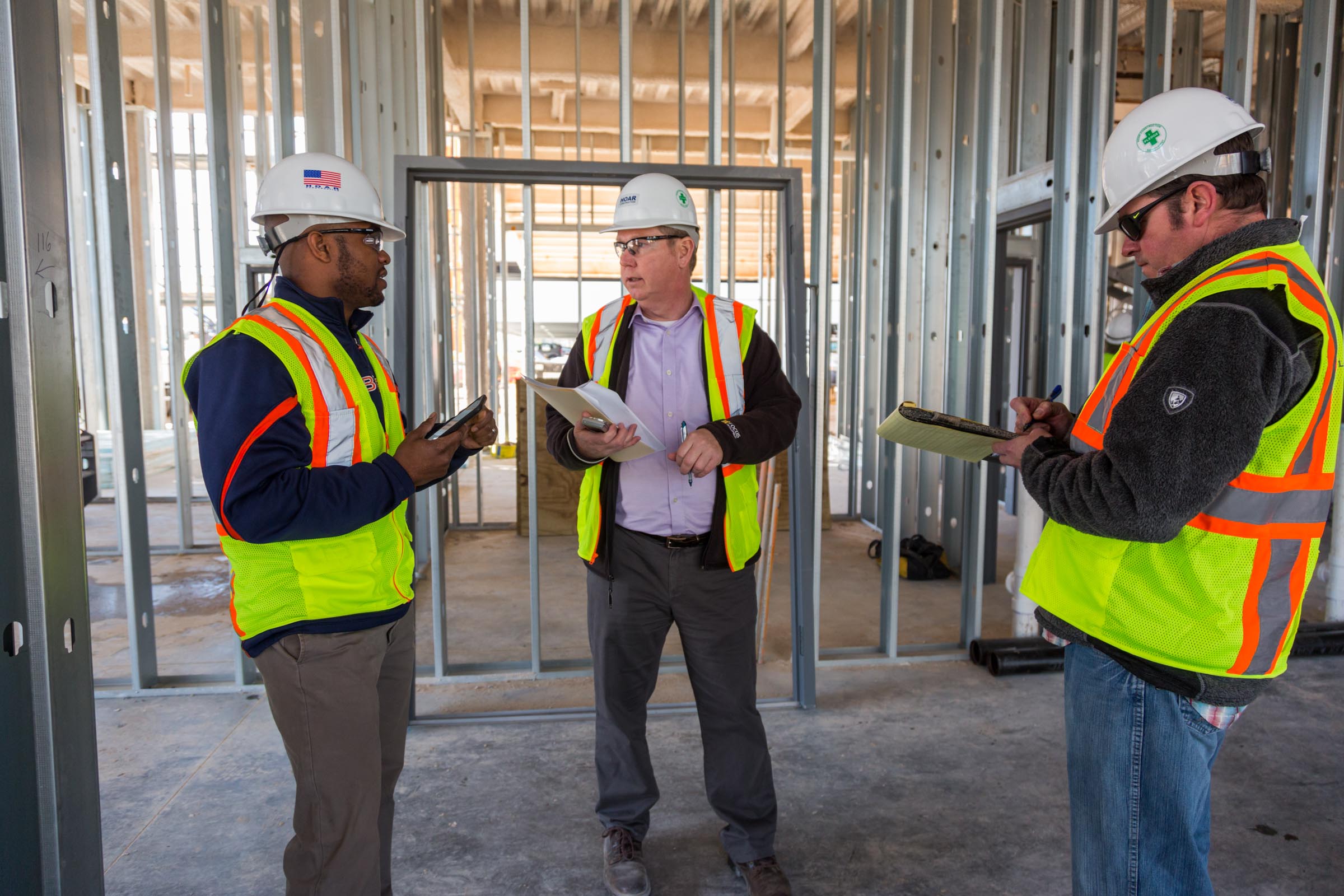
At the start of a new year, everyone is focused on looking ahead. It’s another beginning. The start of a new chapter. What would happen if our industry took an “out with the old, in with the new” kind of approach to 2020? Let’s say “the old” refers to the old, traditional way of building. One where an owner hires an architect, the architect completes an entire set of drawings on their own, and then hands it off to a contractor to estimate and build. But how often does the scenario actually play out like that? In my experience, when design teams and contractors work in silos, the answer is almost never. The truth is, the main issues facing our industry in 2020 are the same ones we dealt with in 2019. So, why not take a new approach to resolve them in the new year?
Waste
Waste has always been and continues to be the biggest issue plaguing our industry. When we talk about waste, we tend to focus on the waste that happens in the field. The statistics are staggering. Studies show more than 50 percent of our time in the field is wasted on unproductive work or activities. Half of what we do on a job is wasted? That’s unacceptable, and that’s why one of our company’s ongoing initiatives is to find ways to eliminate that waste on all our projects. What we’ve found is that to eliminate waste in the field, you have to first focus on the waste that occurs before the job even starts.
Back to what I mentioned about the back and forth that too often happens in preconstruction. There’s a simple solution that we’ve had great success with — early design collaboration between contractor and architect. Instead of waiting for the hand off of drawings, the contractor is in the room for the entire design phase. On some of our most successful projects, we’ve led daily or weekly design meetings so we can understand what the design team is drawing and ensure it aligns with our client’s needs and budget. If something is over budget or there’s an issue that could negatively impact the schedule, we can identify it in real time and work with the design team to find a better option. Essentially, we’re making a series of small corrections during the design phase, instead of wholesale rework during construction — eliminating the waste of time, money, and materials that it creates in the process.
Rising Construction Costs
A question we often hear from clients is, “Why is my project so expensive?” When you have a set budget in mind, there is nothing worse than being told your project will cost more than expected due to cost escalation factors like tariffs, materials, or labor. While these factors are uncontrollable, you can better protect your project cost from escalation by hiring a contractor who understands all of these factors and has experience planning contingencies for them. For example, there’s a major shortage of block masons in Florida. It’s a dying trade, which means the trade partners are usually not available or very expensive. On a recent project, we recommended changing from masonry to tilt wall because the projects were so large, there simply wouldn’t be enough masons to complete the work. Our suggestion helped keep our client’s project on schedule and eliminated the escalated labor costs from increasing their budget.
Labor Shortage
As we just discussed, it’s a factor in the continuous rise of construction costs but the labor shortage is a serious issue that will continue to impact everyone our industry in 2020. According to Go Build Alabama, for every four workers that leave the trade industry, only one is replacing them. That means projects will be harder and harder to staff, negatively impacting schedules, budgets, and quality. To create a long-term solution, it’s critical that companies across our industry to take a proactive approach to inspiring and recruiting the next generation of trade partners. But for immediate relief on current projects, there are two tactics that can help mitigate the negative impact of the labor shortage on your project. The first is the early collaboration between contractor and architect I described earlier. When a design needs extensive redrawing, the project schedule starts to slide until eventually the pressure falls onto the team in the field to make up the time. How do they do that? Typically, by adding more workers and increasing man-hours. If your contractor and architect work together during the design phase to eliminate changes and waste in the field, the contractor can be more efficient with fewer people — easing the pressure of staffing a project during a labor shortage.
Secondly, I’d suggest vetting potential contractors to ensure they can recruit trade partners to your project. Do they have relationships with skilled trades? Can they make your job the project everyone wants to work on? If they can’t, your project could suffer from the ongoing labor shortage this year. One way we build relationships and create a positive working environment on our job sites is to engage our trade partners early and involve them in creating the project schedule. Not only does this effort improve morale, it reduces waste in the field by identifying issues and clashes before work begins.
The common thread that will help overcome these three main issues is early collaboration between everyone, on every project. Working together early in the design phase will set projects up for success and eliminate the frustrating waste of time and effort that too often happens early in a project. This year I’d like to see owners engaging contractors early. I’d like to see architects collaborating with contractors as they draw. I’d like to see contractors engaging key trade partners early to improve a project’s outcome. If we all resolve to throwing out the old way of building in favor of a new, more collaborative approach, I think we could take serious strides towards eliminating these industry challenges by 2021.

